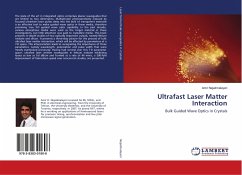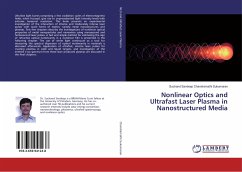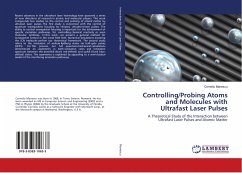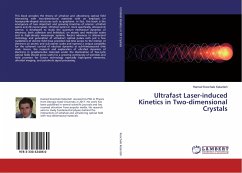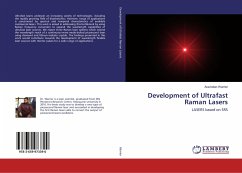The state of the art in integrated optics comprises planar waveguides that are limited to two dimensions. Multiphoton photosensitivity induced by focused ultrashort laser pulses deep into the bulk of transparent materials is an effective tool to make guided wave optics in these media, therefore promising true 3-D guided wave optic capability. In the past decade, various amorphous media were used as the target material in these investigations, but little attention was paid to crystalline media. This book presents in-depth studies of two optically important crystals, namely lithium niobate and silicon. It presents a three-step picture for the process of bulk ultrafast laser matter interaction, which will be affected by parameters of a 7-D space. This interpretation leads to recognizing the importance of three parameters, namely wavelength, polarization and pulse width that were mostly overlooked previously. Having had control over this 7-D parameter space, ultrafast laser written waveguides in lithium niobate exhibiting losses as low as 0.6 dB/cm and formed at a rate of 46 mm/s, a 500-fold improvement of fabrication speed over concurrent studies, are presented.
Bitte wählen Sie Ihr Anliegen aus.
Rechnungen
Retourenschein anfordern
Bestellstatus
Storno

